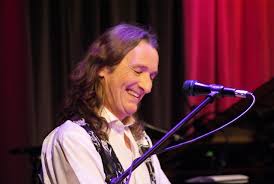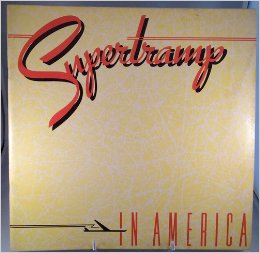Logging Films and Music
Early on in the film High Fidelity, the character Rob says, “…what really matters is what you like, not what you are like.” I laughed out loud when I first heard this quote because for many of us there’s a grain of truth to it. How many times has your opinion of someone shifted based on their collection of books, music or sports memorabilia? Does someone’s comprehensive Bob Dylan collection impress you or turn you off? Does a person’s room decked out in green and gold as a sort of shrine to the Green Bay Packers repulse you or enthrall you? Have you ever started to fall in love with someone, only to learn that her favorite books are romance novels? Or that his are comic books? Or vice versa? Sure, judging someone on what they like is shallow, but really, if you were to quickly sum up who I am to a stranger, you could do worse than providing him with a list of my top twenty books, movies and albums.
With this in mind, I was excited to learn about a couple of apps that help nutjobs like me log the art they consume. I was even more excited after I learned that I’d be more-or-less housebound for three months during the pandemic. Finding fun ways to kill time has been paramount.
Enter Letterboxd and Discogs.
At their most basic level, these apps allow you to log the films you’ve seen (Letterboxd) and what music you own (Discogs), and that’s essentially the level I’ve chosen to engage in. If you really want to go down a rabbit hole, there are plenty of opportunities to do so, but for me just logging things was a lot of fun, as it helped me to remember that small 1988 movie starring Joe Mantegna and Don Ameche (Things Change) or that I shouldn’t buy a copy of Pretzel Logic, but rather it’s successor, Katy Lied. Any app that helps jog my aging memory is a tool worth considering.
First, Letterboxd. This couldn’t be easier to use, though I’ve found the desktop version superior to the phone app. You can look up films by director, actor, year, decade, genre, title – you name it – and a click or two will allow you to choose “watched” “like” and “watchlist,” the latter a list of movies that you want to view. You can also create lists of films, as my kids and I did when we chose the best twenty movies of the 2010s (note: the only film to make all four of our lists was Scott Pilgrim Vs. the World). Rather than go through the trouble of reviewing or ranking the films I’ve seen, I chose to use the “like” button more as a “love” button. I only included movies that truly resonated with me a significant way. Case in point, this month I watched two movies that were both were very good, but only one really got to me. Molly’s Game didn’t get checked as a “like,” but Doubt did. As of today I’ve logged 1388 films watched, and I’ve “liked” 260 of them, some probably unwarrantedly so, others probably overlooked. Love of art can be a finicky thing.
For Discogs, I avoided logging my records for a long time because I felt overwhelmed with the process. For example, when searching for Supertramp’s Breakfast in America, 308 different versions of the album appear, based on format, country, pressing, release date, etc. It’s enough to make even a devoted logger give up. I didn’t particularly care about what pressing I owned for each album – only that I owned some version of the album – and I didn’t want to work hard at this endeavor, pandemic or not. To make things far easier and far more enjoyable, the only three categories I worried about were format (obviously), country and the unlikelihood that I owned an original pressing for most of my records. When narrowing down the aforementioned Supertramp album using the above filters, I was left with a more manageable 33 versions to choose from, and I simply picked one at random. Of course, if you’re a very serious collector who’s buying and selling, you may need to go the extra mile, and for that you have my sympathy.
I currently own 823 albums and I’ve compiled a list of another 122 that I’m actively looking for. Discogs includes a rough estimate of your collection’s worth, averaging the last ten sales of each album you own. What I’ve learned is this: record collecting is an enjoyable and relatively inexpensive hobby, and that all of my records wouldn’t pay for even two months of my son’s college education. Oh well.
Of course, all of these records need to be stored somewhere, and this leads me nicely into next week’s blog post, about building functional and attractive record racks for your collection. Stay tuned, and in the meantime, have some fun with Letterboxd and Discogs.

